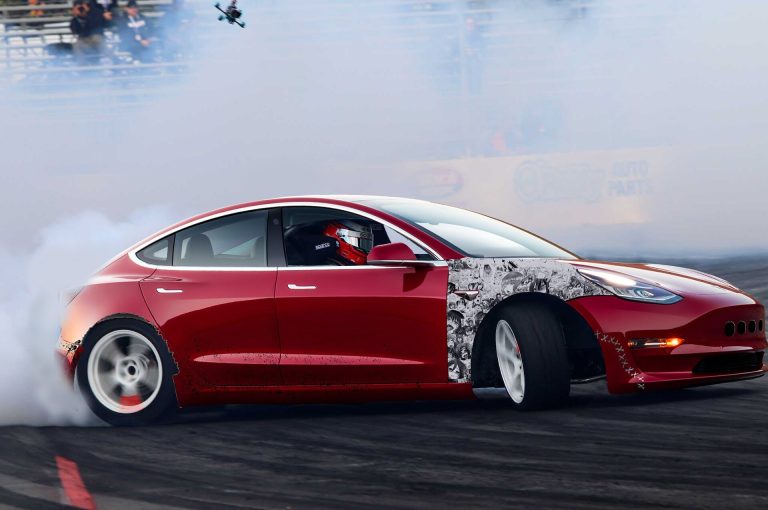Drifting isn’t just for traditional sports cars – Teslas can join the fun too. But the question is – can a Tesla drift? Thanks to their rear-wheel drive electric powertrains, Teslas can deliver the massive torque needed to break wheel traction and start a drift.
The sporty chassis and “Track Mode” on the Model 3 Performance provide the perfect setup for thrilling slides. But can you really drift a Tesla?
Is it Possible to Drift a Tesla?
Absolutely, drifting a Tesla is possible! Drifting is all about losing traction on the rear or all wheels while keeping things under control, and Tesla’s rear-wheel drive models are perfect for this. Thanks to their powerful rear electric motor (or motors), Teslas can initiate a drift easily.
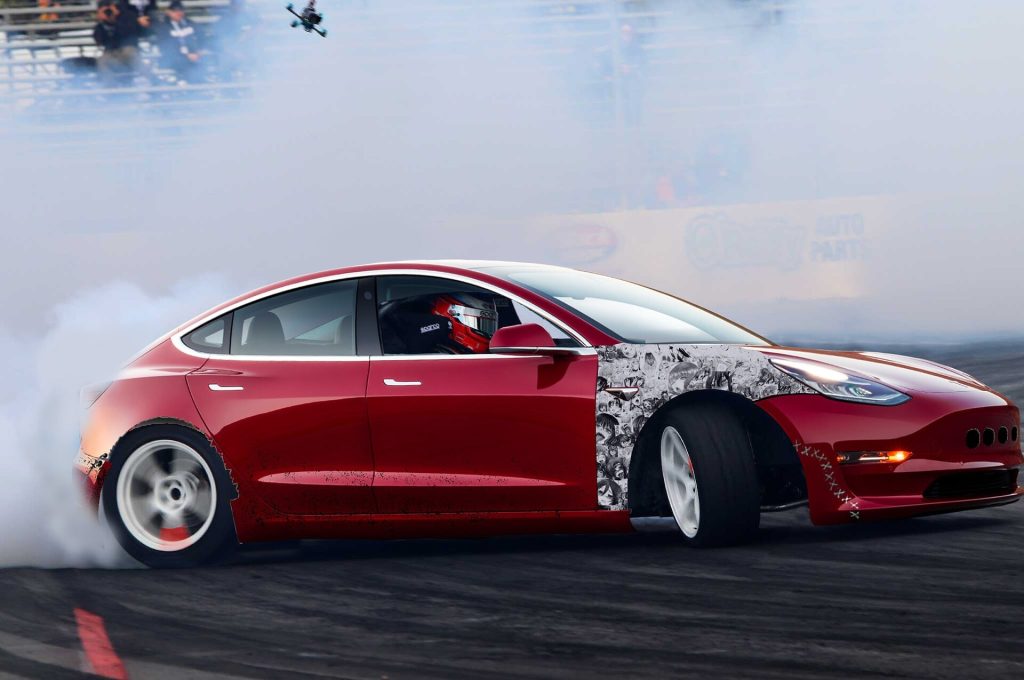
Tesla’s electric powertrain packs a punch with immediate, massive torque, which is key for kicking off those drifts. Plus, the sporty chassis and stiff suspension setup in Teslas really help in maintaining control and smooth handling during these maneuvers.
The Track Mode feature in the Tesla Model 3 Performance is a game changer for drifting. It sends most power to the rear power motors, and partially turns off the vehicle stability assist. This gives drivers a more tail-happy experience, allowing them to drift with more confidence.
While Teslas are one of the last drift cars you can think of — their rear-wheel power bias, instantaneous high torque, and responsive chassis—actually makes them quite capable drift machines.
Why Electric Drivetrains are Good for Drifting:
Electric motors in Teslas deliver maximum torque instantly from a standstill, unlike traditional combustion engines that require a build-up of revs to reach peak torque.
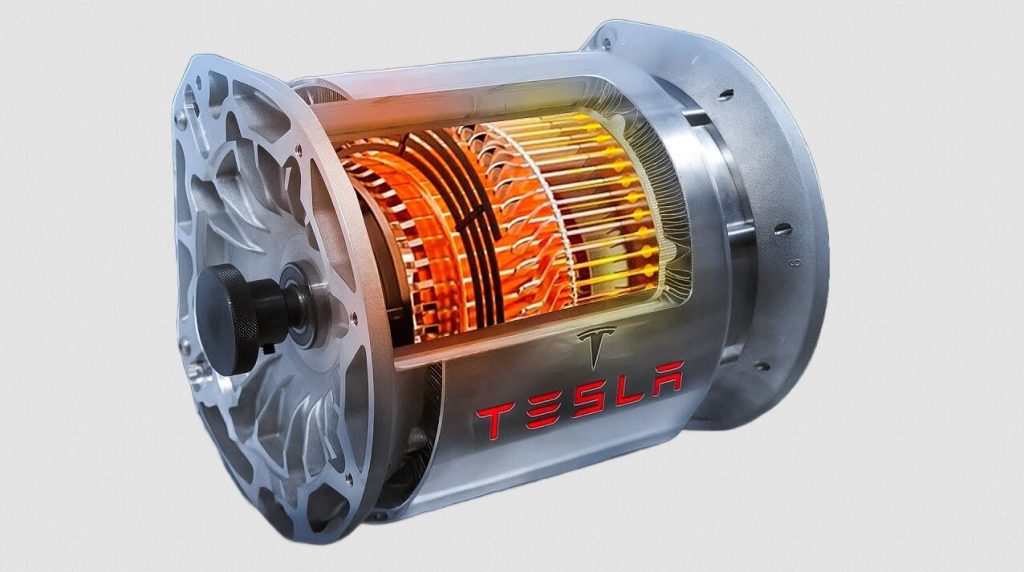
This high torque helps initiate drifts by allowing drivers to ‘break traction’ and slide the rear wheels. Torque and speed are inversely related in electric motors; higher speed means lower torque and vice versa.
However, Teslas maintain significant torque even at high speeds, enough to break traction and maintain a drift.
Tesla Model 3 Performance Drift Capability:
The Tesla Model 3 Performance has earned praise from professional drifter Alex Brown for its drifting capabilities. Its rear-biased drift setting and regenerative braking ensure remarkable control during drifts.
Brown talked about the one-pedal drifting scenario, using the throttle to control the drift and regenerative braking to slow the vehicle when the pedal is released. This technique might be preferred over traditional ‘handbrake’ drifting.
Some Challenges When Drifting With a Tesla
Despite their amazing drifting capabilities, there are indeed some challenges when drifting a Tesla when compared to a raw old-school drift car.
Yoke Steering Wheel in Some Models
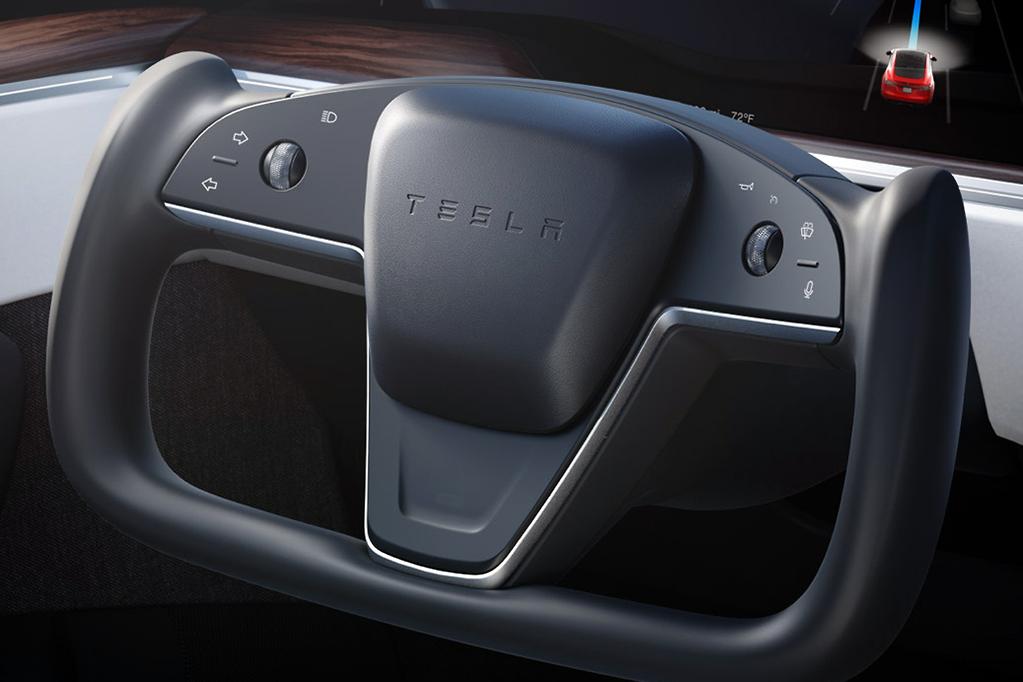
The Tesla Model S Plaid features a unique yoke steering wheel. This unconventional design can hinder control during drifting. The tighter turning radius needed for drift maneuvers may not be possible with the yoke steering design.
Software and Other Limitations:
Another stumbling block is the lack of access to software customization or tuning. Traditional drift cars go through extensive tuning to alter power delivery, suspension mods and brake modifications to enhance their drift-ability.
Tesla still does not permit any modifications to its software, limiting vehicle’s abilities like throttle response and brake bias to those set originally by the them.
Additionally, the high cost of repairing a Tesla, low part availability and the potential risk of damage during drifting could lead to extensive periods where your car is at the shop waiting for parts.
Power Reduction When Hot:
Tesla’s electric drivetrains output impressive torque and power, perfect for drifting. However, during extended drifts, there can be a rapid reduction in power due to overheating in the battery or electric drive units.
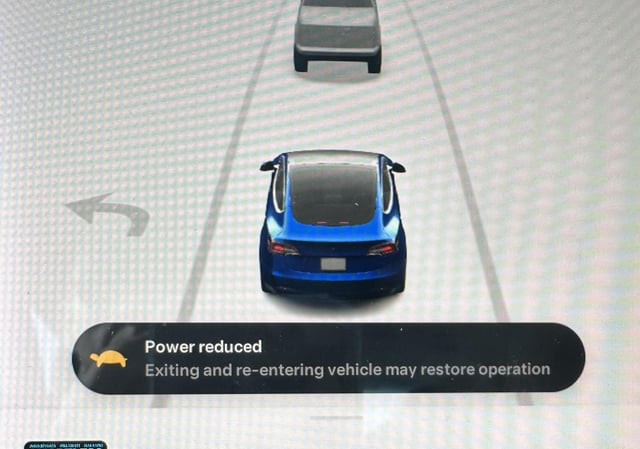
This “thermal throttling” safeguards against irreversible damage to the drivetrain components. Power reduction can affect drift consistency and poses a challenge during prolonged drifting sessions.
No Engine Sound:
Tesla’s, while powerful, are near-silent, which can detract from the traditional drifting experience where you not only hear tire screeching but also a roaring engine.
Risks and Safety Concerns:
While EVs are generally safer, rare cases of EV fires have raised concerns, especially in a scenario where the electric motors and the battery will be pushed to their limits. Battery fire risks, albeit rare, have led to occasional bans.
Remember to rotate your tires more frequently when drifting occasionally as this will wear out your rear tires considerably quicker.
What is the best Tesla for drifting?
The Tesla Model 3 Performance, with its impressive torque output and performance-oriented engineering, is the best Tesla for drifting in our opinion. Don’t expect it to be as good for drifting as a modified 350z, though.
Model 3: Drift Capabilities & Limitations
The Model 3 Performance, in particular, has a dual-motor, all-wheel-drive setup, enabling precise control of power distribution between the front and rear wheels. Instant torque from the electric drivetrain and rear-biased power distribution make initiating a drift effortless as shown by many clips on the web.
Teslas, like the Model 3, employ regenerative braking, offering a unique one-pedal driving experience beneficial for drifters. The system slows down the car when the driver lifts off the accelerator, saving energy and enabling better control during drifts. If you prefer to instead turn off or limit regenerative braking, that can also be adjusted accordingly.
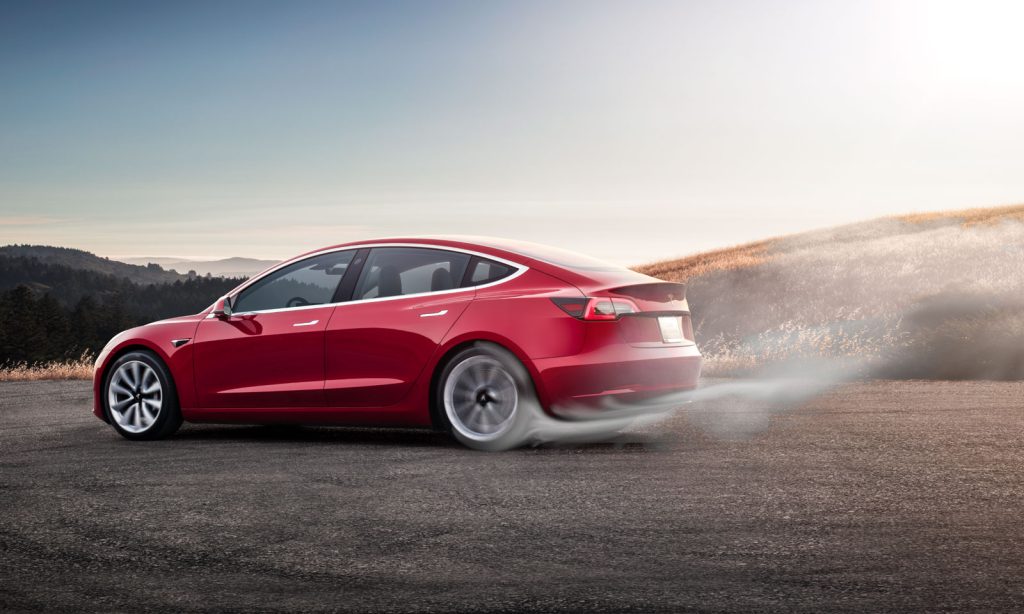
Another limitation is the vehicle’s thermal management system. Prolonged high-performance driving, such as drifting, can cause the vehicle’s thermal management systems and battery to heat soeak, reducing power output to prevent battery damage and to protect the longevity of the motors. This “power throttling” could challenge extended drifting sessions.
Tesla’s software currently allows minimal adjustments for drifting. Though the Track Mode in the Performance variant offers more control, it doesn’t provide full customization for professional drifters.
Conclusion
While the Model 3’s powerful electric drivetrain and sophisticated controls offer a unique and rewarding drifting experience, inherent physical limits and restricted software tuning present obstacles.
Nevertheless, the Model 3 Performance stands as a testament to Tesla’s engineering prowess and the thrilling potential of electric vehicular performance.

